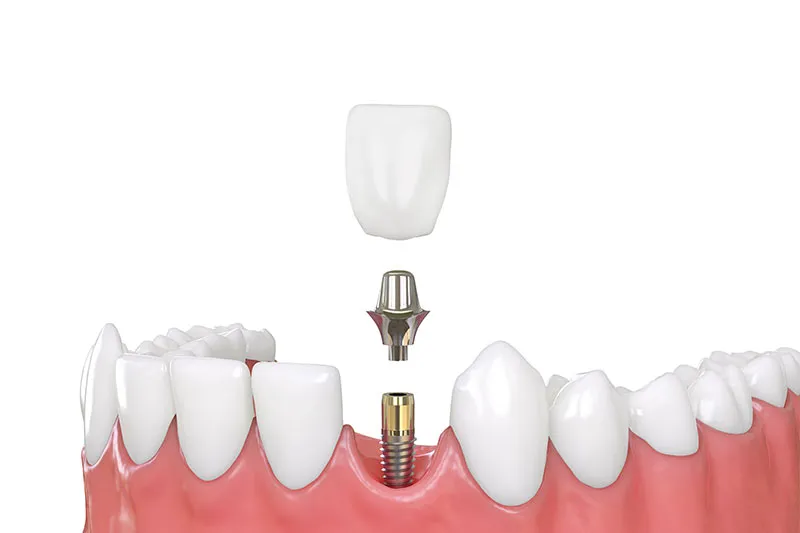You never really know what is going to come out of a crisis until you start emerging from it. Such is the case with the COVID-19 pandemic. We are learning a lot about ourselves and our society as a result of coronavirus. For example, we are learning a lot about nurse practitioner (NP) jobs and what policymakers think of them.
Prior to the onset of COVID-19, 28 states and the District of Columbia allowed nurse practitioners to provide primary care free of doctor supervision after having completed certain transitional requirements. Your typical NP with years of experience was already capable of practicing without supervision.
Once the COVID-19 pandemic hit, some of the remaining 22 states decided changes were in order. Yet some is not all. Among the holders-on is California, where NPs still cannot practice without supervision despite an overwhelming need for the care they provide.
Changing the Rules
Stat News reports that 17 of the 22 holdout states agreed to change the rules after HHS Secretary Alex Azar encouraged the nation’s governors to ramp up efforts to stop the spread of coronavirus by relaxing restrictions on some healthcare professionals.
Five states suspended supervisory requirements for NPs while 12 states actually modified their rules to give NPs with extra training under their belts more freedom to practice without supervision. Stat News provided a few examples including Mississippi giving NPs greater authority to write prescriptions and Wisconsin temporarily suspending supervisory requirements.
This is good news from those 17 states. But what happens after the COVID-19 crisis is officially declared over? Do the restrictions in the five states where they were temporally suspended reset to default? Do the other 12 states go back and revisit their rules again? And what about the three states that still haven’t taken action on NP restrictions?
The Politics of Medicine
Unfortunately, one of the other things the COVID-19 pandemic has revealed is the reality of politics in medicine. Healthcare is something we like to look at through an altruistic lens. We want desperately to believe it is free of political infighting and profiteering. But we cannot.
Visit a website like Health Jobs Nationwide and you will discover just how many NPs are needed. From coast to coast, employers are begging clinicians to apply for their jobs. But that’s not all. Employees are also begging for primary care physicians.
One of the most frustrating things for NPs is the fact that they are fully trained to provide primary care. The undergo a nearly identical educational regimen, with the total amount of work experience the only real difference between them and physicians. NPs want to step in and take the burden off GPs, but they are being prevented in 22 states.
In California, Stat News says the issue is politics. They cite years of political infighting and a powerful doctor’s lobby that prevents legislators and regulators from making any meaningful changes. Assuming Stat News is correct, California’s situation is not a good one.
It Shouldn’t Take a Pandemic
As we take the next 12 to 18 months and attempt to learn from the COVID-19 pandemic, one thing is clear: it should not have taken the threat of coronavirus to get states to re-examine their approach to licensing NPs. Those states that still restrict NPs have 28 other states to look to for guidance.
NPs in those states have proven they are up to the task. They have demonstrated they can practice without being directly supervised by physicians and that, as a result, patients will be harmed. Indeed, patients receive the same level of quality care.










